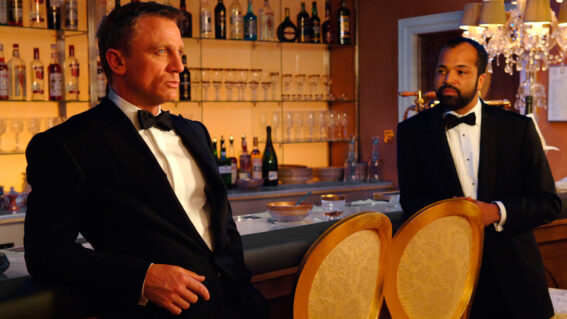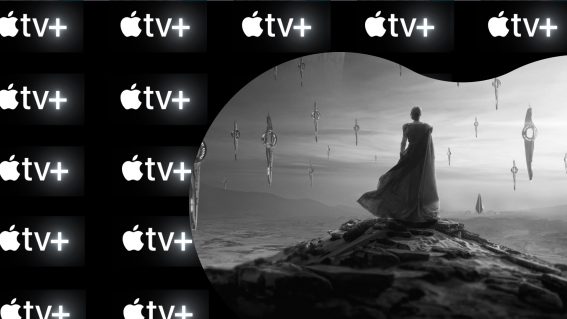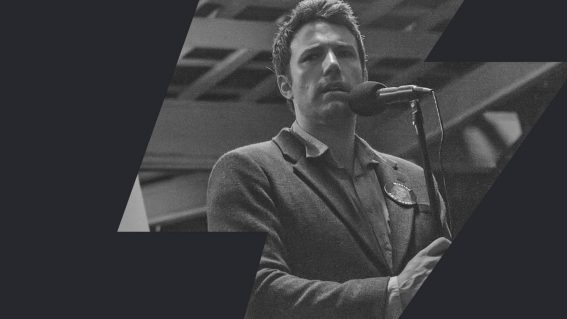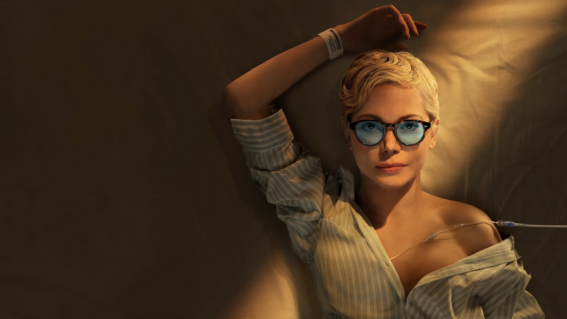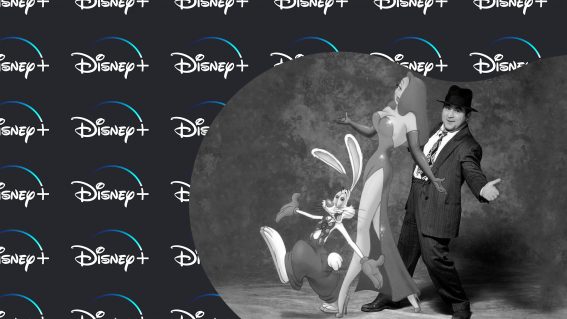Trace the evolution of popular music in Aotearoa with expertly-curated series Give It a Whirl
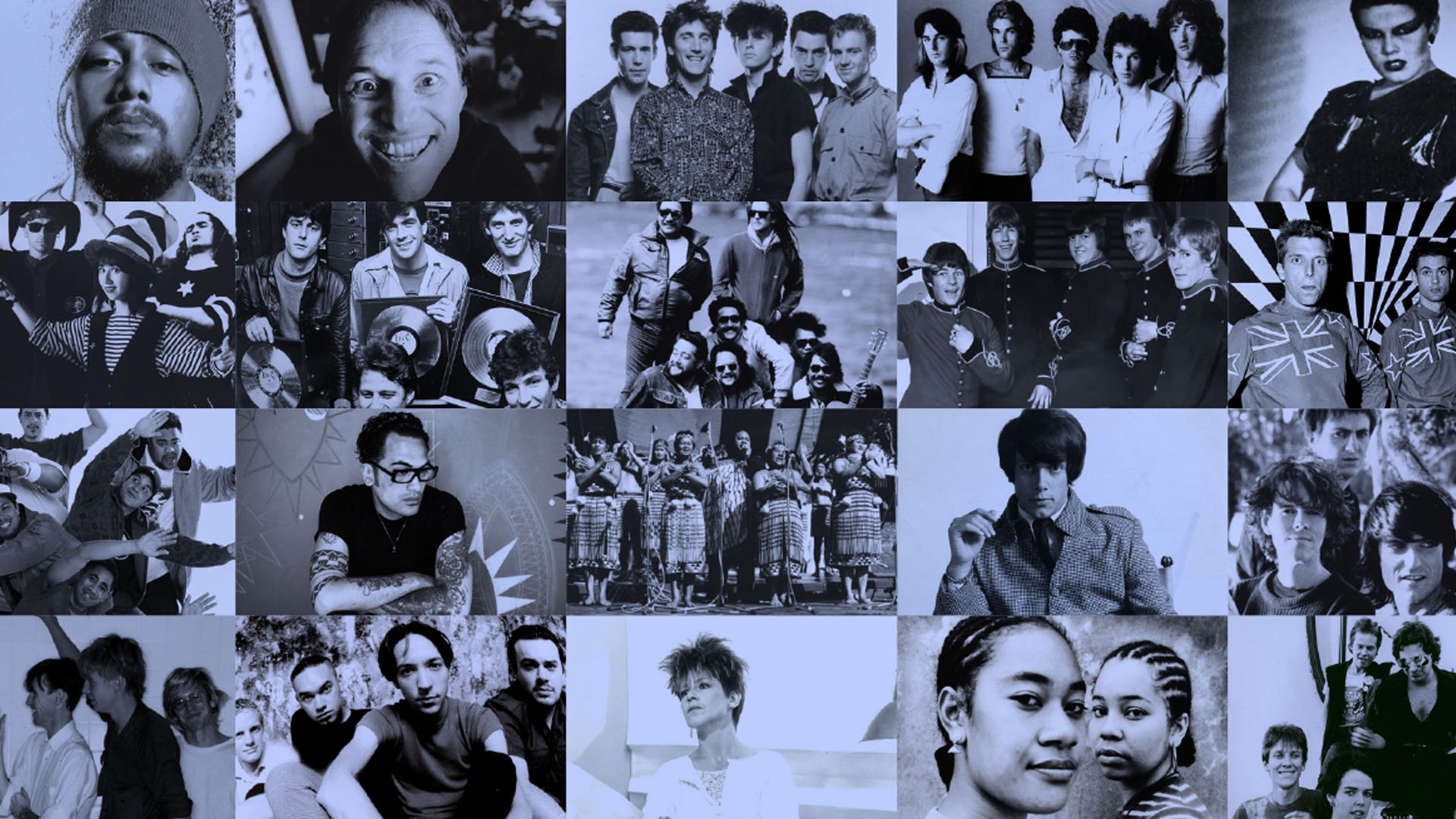
NZ On Screen and AudioCulture have joined forces to launch the landmark music documentary series Give It A Whirl online, just in time for NZ Music Month 2022, and accompanied by detailed backgrounds from Michael Higgins, Harry Lyon and Debbie Harwood.
Tony Stamp revisits the iconic series, tracing the evolution of popular music in Aotearoa from its 1950s pioneers to 21st century chart-toppers.
As a kid growing up in 1980s Papatoetoe with a burgeoning interest in music, there was a phrase I learned early on through sheer force of repetition: “it’s pretty good… for a New Zealand song”. The spectre of tall poppy syndrome haunted our country’s arts scene for a good while, but my sense is that it started to fade around 2000 (this could well be because I had left high school/the suburbs). As I went on to study music production and work in student radio, I discovered there were plenty of people my age who were fiercely passionate about various local scenes, and not because they were local—because they were good.
As someone in his forties surveying things, I get the impression that younger generations have shrugged off cultural cringe, and those with an interest in live music in particular have helped make the musical ecosystem a mutually-nurturing environment. When my band was playing shows in the nineties we hoped people other than our friends would show up. Nowadays, everyone is friends.
I kept thinking about these things while watching the early episodes of Give It a Whirl, the exemplary NZ music series that debuted in 2003. Mainly because in its depiction of our music scene in the fifties and sixties, there seemed to be no cringe at all. Sure, bands started as vehicles for cover versions of overseas songs, and record company interest in original tunes was non-existent. But by the time The La De Das had blown open the doors with How Is the Air Up There in 1966, there was a feverish interest in local rock n’ roll.
Listening back to that song nearly sixty years later, I’m still struck by what a bloody good tune it is. And that’s true for every song in this series. But more than that: every band and artist featured is much more than a simulacrum of an American or British act. They’re all thoroughly New Zealand, from Herbs’ Pacific reggae to Chris Knox’s melodic anarchy. No one was faking it. This is music born from a passionate need to create.
That’s due in part to the series’ expert curation, both of bands and interviewees. Give It a Whirl has the subheading “NZ rock n roll stories”, and those five words contain the two secrets to its success. One is its focus on sharing good yarns, rather than getting bogged down in historic minutiae. The show is positively bulging with great anecdotes, the kind of thing you’d tell a mate at the pub.
To name a few examples, Larry Morris from Larry’s Rebels talks about the band falling asleep at school because of their constant gigging aged just fourteen; record company executives encouraging them to sleep with groupies in the label’s office; and a front-page stunt arranged by management where it appeared Larry had saved Miss NZ from drowning.
Tim Finn describes the atmosphere after a street protest during the Summer of Love as a “huge Bacchanalian swarm”, and later his brother Neil talks about Split Enz supporting Black Sabbath to a crowd populated by a fair amount of naked people, something the band hadn’t encountered before.
As the series moves into the seventies we get Chris Knox describing an Enemy show where a bunch of skinheads were waiting to beat him up, so he slashed his arms with a broken bottle to impress them. It worked.
Great stories all, but crucially rock n roll stories. That phrase starts off here as a musical description, but by the time we get to the likes of DLT and Emma Paki, it’s more about the attitude. Give It a Whirl isn’t too concerned with the safe end of the musical spectrum; instead it hones in on the musos reacting against the previous generation, or in other words, doing something new.
Even the placid vibe of Herbs stemmed from a place of protest. As noted in the narration (delivered by the silken-voiced Peter Elliott), reggae “challenged uptight society” much like punk did—a fact that might seem startling in light of certain modern bands’ adoption and sanitisation of the genre.
Other eye-opening facts are liberally sprinkled throughout. At one point we’re told that fifties Auckland sported 50 venues with two bands apiece, playing several sets per day. That’s 100 bands steadily working, a number that will cause anyone working in live music nowadays to raise an eyebrow. That same era, rock n roll in its purest form arrived here through the ports, as Black sailors shared their music collections with curious locals. Quite a different system than logging onto your streaming service of choice.
We’re told that seventies Dunedin had a lot of drugs but no real music scene, Christchurch was a haven for gothic teens, and Ponsonby was “bohemian central” (hence Dragon’s song Rock n Roll Ponsonby). One stat that gave me real pause was the viewership for the TV talent show New Faces: one million people were tuning in to watch each week. It’s the programme which gave Shona Laing her start in 1972.
The show is impeccably researched and edited, firing off stories at a clip that should entertain the musically agnostic as well as the rest of us. Archival footage appears throughout, and it was this that got my national pride swelling. Aotearoa is a young nation but we were straining to differentiate ourselves early on, and not just through the number of jandals on display. Politics and social unrest are interwoven with this music, and the Springbok tour, Bastion Point, and “the National government pit[ting] New Zealander against New Zealander” all get a mention.
I was also taken with Give It a Whirl as a name for the series. It suggests giving something a try, risks be damned, and evokes a bit of the ‘number 8 wire’ mentality. It’s a British phrase, but so thoroughly part of our vernacular and attitude, it’s perfect for these stories of rebellion and creativity, a musical history we should all feel proud of.
Watch all six episodes of Give It a Whirl on NZ On Screen, along with 12 full-length interviews filmed for the series, Debbie Harwood radio series Give It a Girl, and newly written backgrounds.

